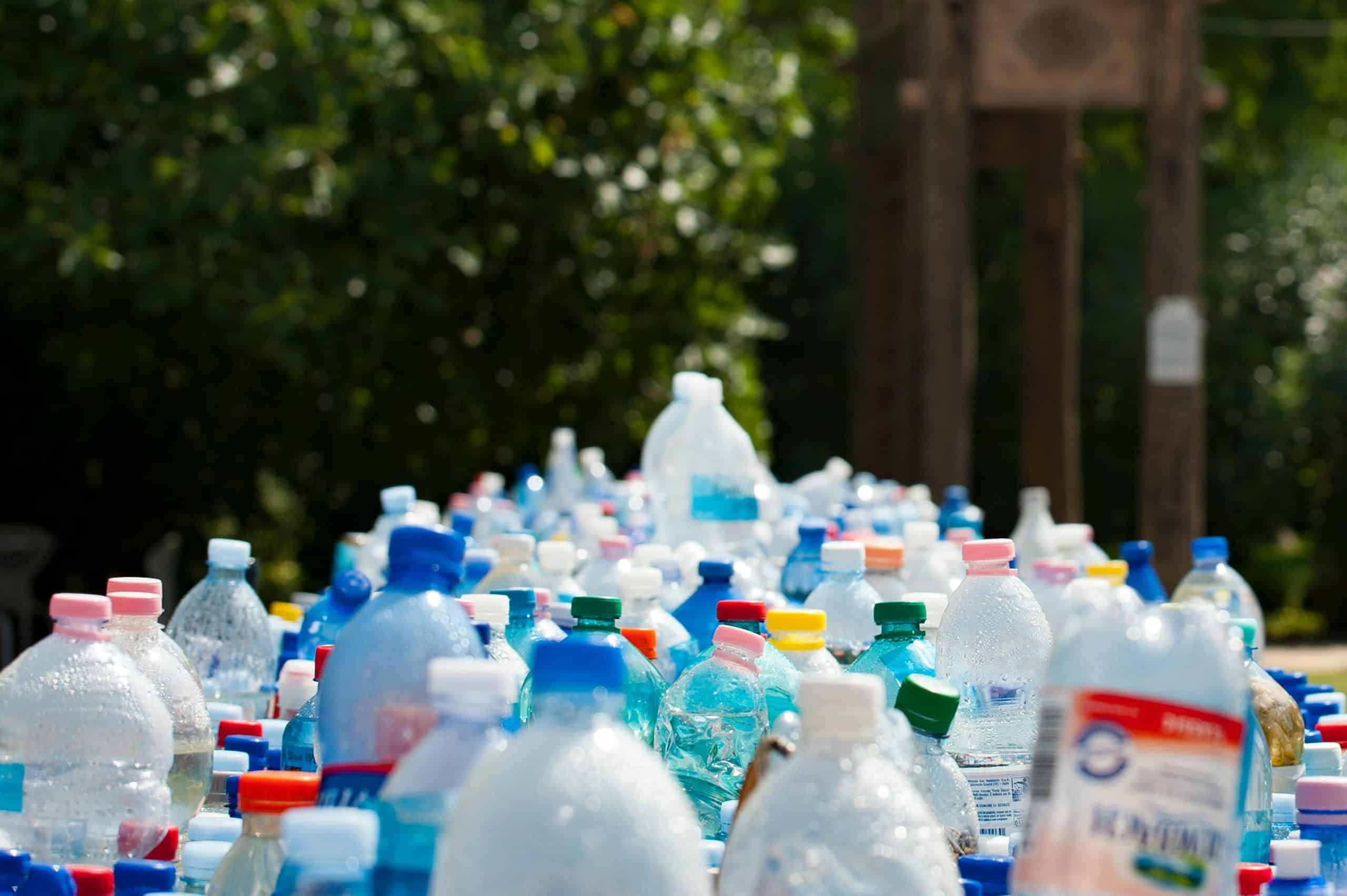How Can AI Optimize UK Waste Management and Recycling Processes?

As the world rapidly evolves, so does the amount of waste we produce. It is estimated that the UK produced around 41.1 million tonnes of commercial and industrial waste alone in 2016. With an increase in waste comes the challenge of managing it efficiently and sustainably. This, in turn, has given rise to innovative methods of waste management. One such method is the use of artificial intelligence (AI) in waste management and recycling processes.
The State of Waste Management in the UK
The UK has a multi-faceted waste management system, which is primarily aimed at reducing waste, promoting recycling, and minimising environmental impact. Despite these intentions, the country still faces a number of challenges in its waste management journey.
Cela peut vous intéresser : What's inside? unveiling the mystery toy in the box
A significant portion of the UK’s waste still ends up in landfills, posing a threat to the environment. In 2019 alone, around 14.5 million tonnes of waste were landfilled. The complexity involved in sorting and recycling different kinds of waste also remains a significant hurdle. This is where AI comes into play.
How AI Can Improve Waste Management
Artificial Intelligence (AI) has the potential to dramatically improve waste management processes. AI introduces automated systems capable of sorting, identifying and processing waste, thus optimising the whole waste management system.
Dans le meme genre : What Are the Challenges in Integrating Autonomous Delivery Bots in UK Cities?
AI algorithms can be used to sort waste more effectively. Traditional manual sorting methods are time-consuming and often inaccurate, but AI can speed up the process and enhance accuracy. For example, an AI system can be trained to identify different types of materials, such as plastic, metal, and glass, and sort them accurately. This reduces contamination, improves recycling rates, and ultimately makes the waste management process more efficient.
Furthermore, AI can also be used to predict waste generation patterns. With this data, waste collection can be optimised, saving time and resources. This is particularly relevant in the context of food waste, which forms a significant portion of the UK’s waste stream. AI can help identify patterns in food waste generation, enabling better planning and resource allocation.
The Economic Impact of AI in Waste Management
AI’s potential to transform waste management has significant economic implications. By improving efficiency and recycling rates, AI could contribute to a more sustainable and circular economy in the UK.
By enabling more efficient sorting and recycling of materials, AI can help to reduce costs associated with waste management. Automated sorting, in particular, could significantly lower operating expenses. Furthermore, by improving recycling rates, AI could facilitate the recovery of valuable materials, which could otherwise end up in landfills.
With AI, the data collected from waste management processes can also be leveraged for economic gain. This data can provide insights into consumption patterns, enabling businesses to make more informed decisions.
The Environmental Implications of AI in Waste Management
In addition to the economic benefits, AI could also have significant environmental implications. By improving waste management processes, AI can contribute to a more sustainable environment.
Through improved sorting and recycling, AI can help to reduce the amount of waste that ends up in landfills. This not only minimises land use but also reduces the amount of greenhouse gases released from landfills.
Moreover, by enabling a more efficient waste collection system, AI can also reduce the environmental footprint associated with waste collection. This includes the reduction of fuel consumption and air pollution.
AI also has the potential to contribute to a more circular economy, where waste is seen as a resource rather than a burden. This shift in perception can lead to more sustainable consumption and production patterns, ultimately contributing to environmental sustainability.
The Future of AI in Waste Management
Looking ahead, the future of waste management in the UK is intertwined with advances in AI. The potential of AI in optimising waste management is vast, extending beyond sorting and collection to include waste prevention and resource recovery.
The development and application of AI in waste management are still in their early stages. However, with continued research and innovation, the role of AI in this sector is set to grow. As AI continues to evolve, its potential to improve and redefine waste management processes becomes more apparent.
Yet, while the benefits of AI in waste management are clear, their realisation is subject to a number of factors. These include technological advancements, regulatory frameworks, and societal acceptance. With the right blend of these factors, the application of AI in waste management can lead to a more sustainable and circular economy in the UK.
This article has explored how AI can optimize UK waste management and recycling processes. From improving waste sorting and collection, to contributing to a more circular economy, the potential of AI in this field is vast. As we move towards a future where sustainability is key, the role of AI in waste management is set to become increasingly important.
Revolutionising Waste Management with Machine Learning and Computer Vision
Machine learning and computer vision are subsets of AI that are transforming waste management in the UK. These technologies are increasingly being used to enhance efficiency and accuracy in waste sorting and collection methods.
Machine learning algorithms can be trained to recognise patterns in waste generation data. This could involve tracking waste production trends in real time, or analysing historical data to predict future waste generation levels. This predictive capability is particularly useful in managing food waste, one of the most significant components of the UK’s waste stream. By accurately predicting food waste generation, resources can be allocated more effectively, reducing waste and promoting circular economy principles.
Computer vision, on the other hand, offers a powerful tool for automating waste sorting processes. Neural networks, a fundamental component of deep learning, can be employed to train computer vision systems to identify and sort different types of waste materials. For instance, a computer vision system could distinguish between different types of plastics, metals, and glass in garbage bins, sorting them accurately for recycling. This process, which would be tedious and prone to errors when done manually, becomes quick and efficient with the use of AI.
These AI technologies not only optimise waste management systems but also have the potential to tackle issues such as illegal dumping. By employing real-time surveillance and predictive analytics, these systems can detect and prevent illegal waste disposal, contributing to a cleaner and more sustainable environment.
The Role of AI in Optimizing Supply Chain Processes in Waste Management
The application of AI extends beyond the immediate processes of waste collection and disposal; it has a significant role in optimizing supply chain processes in waste management. AI can significantly enhance the efficiency of the entire waste management supply chain, from waste generation to disposal and recycling.
Using machine learning algorithms, AI can predict waste generation patterns at different points in the supply chain. This allows for the real-time adjustment of waste collection schedules, thereby optimizing resources and reducing the environmental footprint of waste collection.
On the disposal end, AI can be used to streamline recycling processes. By accurately sorting waste into different categories, AI reduces contamination and enhances the recovery of valuable materials. As a result, recycling plants can operate more efficiently and economically, promoting a circular economy by converting waste into reusable resources.
In between these two ends of the supply chain, AI can monitor and analyse transport logistics. It can optimise routes for waste collection and transportation, reducing fuel consumption and minimising carbon emissions. This aspect of AI application is critical for creating a more sustainable and carbon-neutral waste management system.
Conclusion
In conclusion, AI holds the potential to revolutionise waste management in the UK, promoting a sustainable and circular economy. By leveraging machine learning and computer vision, AI can optimise waste sorting, collection, and disposal processes, making them more efficient and eco-friendly. Furthermore, its application in supply chain management can truly transform the sector, reducing waste, saving resources, and minimising our environmental footprint.
However, the journey to a fully AI-integrated waste management system requires continued research, innovation, and societal acceptance. It also requires supportive regulatory frameworks that encourage the adoption of AI technologies. As we move towards a future where sustainability is a priority, the role of AI in waste management becomes increasingly crucial. Its potential is vast, but its successful application depends on our collective efforts to embrace and advance this technology for the benefit of our environment and future generations.
